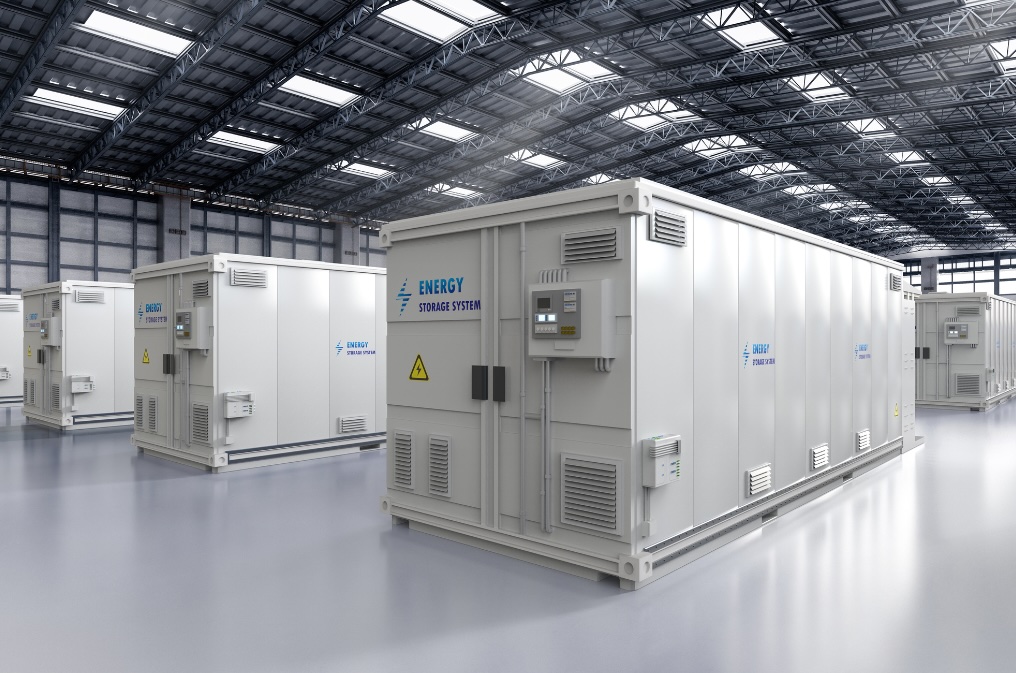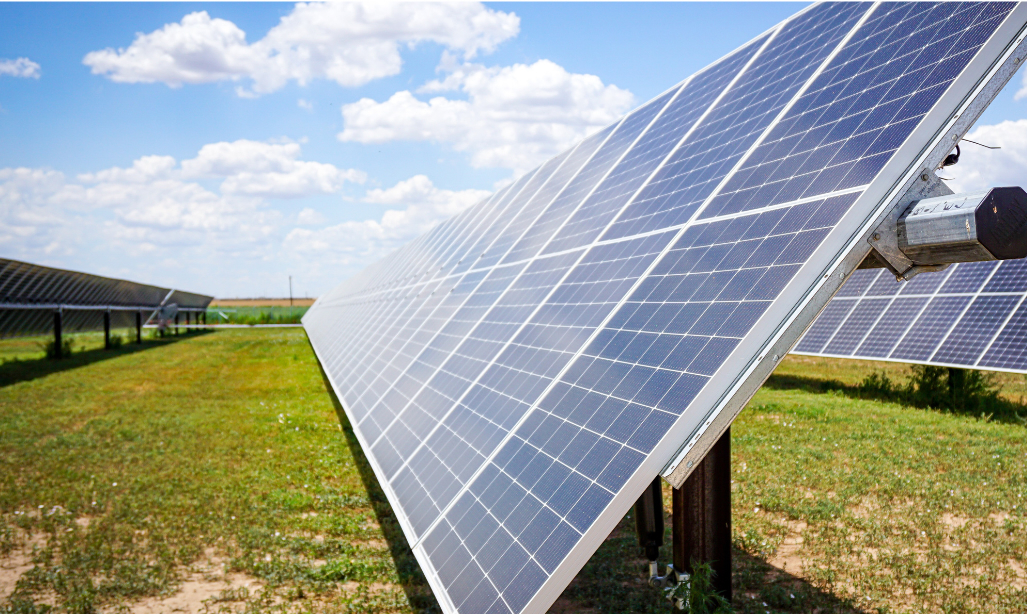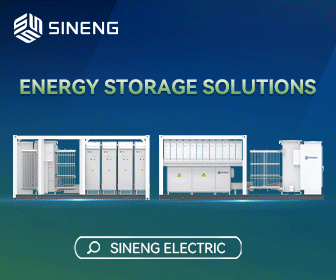Battery Energy Storage Macro Trends in California and Texas
Battery energy storage systems (BESS) play an increasingly vital role on the power grid as renewable energy generation build-out accelerates. California and Texas continue to be compelling market opportunities for energy storage installations, while their differences create a natural hedge within a diversified power project development portfolio.

Both markets are characterized by increasing renewable power generation, price volatility, and excellent solar and wind resources. Fast-response battery energy storage discharges to support grid load as wind or solar generation drops intermittently due to weather or other factors. Battery storage installations are more conducive to siting in congested or otherwise densely settled locations, easing the burden on the transmission grid and increasing the resilience of the local power supply.
Progress toward California’s ambitious clean energy goals
California’s climate adaptation goals drive the nature of the state’s generation and storage capacity additions. 2018’s Senate Bill 100 increased the Renewable Portfolio Standard (“RPS”) from 50 percent to 60 percent by 2030, and created a plan for 100 percent renewable energy and carbon-free electricity by 2045.
Since 2018, solar and wind generation has increased from 21 percent to over 25 percent of the state’s power generation capacity mix; significant additional wind and solar power is imported into the state over high-voltage transmission lines each year. In tandem, utility-scale energy storage system installations have increased from 380 MW in 2018 to nearly 9 GW in 2024, according to the California Energy Commission.
Amid sustained growth in grid-based energy demand, California may see solar and wind generation increase to supply most of the generation capacity mix. Such growth would be driven by building and transportation electrification (including EV adoption) and legacy capacity retirements, in addition to increased data center development across the West potentially eating into power available for import into California. This high level of intermittent generation will require significant support from dispatchable, fast-response solutions to support grid reliability throughout the state. Battery energy storage and pumped hydro storage are the leading zero-emissions technologies readily available to fill this gap. Relatively flexible siting, straightforward project engineering enabled by containerized solutions, and increasingly competitive system economics all favor batteries.
Opportunities within Texas’ unique energy market
The Electric Reliability Council of Texas (ERCOT) is a sharply contrasting but equally compelling market opportunity for battery energy storage. In California, vertically integrated utilities conduct integrated resource planning and serve most customer loads.
At the same time, the California System Operator (CAISO) operates wholesale energy markets and oversees much of the transmission grid. In Texas, ERCOT is an entirely deregulated wholesale energy market with generation – and storage – assets unbundled from utilities.
Instead of utility-sponsored integrated resource planning, ERCOT leads supply and demand studies for the Texas power grid. Earlier this year, ERCOT released a study forecasting power demand growth to reach about 150 GW by 2030. The peak demand in the system to date has been 85 GW. This growth forecast is supported by population growth and the increase and electrification of energy-intensive businesses. Businesses rapidly electrifying their operations include oil and gas companies and data centers, among other large industrial processors and manufacturers. Indeed, many of these businesses are incorporating renewable generation solutions because of corporate policies and competitive economics.

High insolation and excellent wind resources make solar and wind generation exceptionally competitive in the state. Where ERCOT sees power demand increasing to 150 GW by 2030, Bloomberg New Energy Finance has modeled a path to wind and solar supplying 55% of this power need in 2030. Weather events and other factors will continue to drive simultaneous demand for dispatchable, fast-response solutions. While Texas established an Energy Fund to support new gas generation capacity additions, the sheer magnitude of the opportunity, the independence from firm gas supply, flexibility in siting, and other factors continue to make battery energy storage attractive in ERCOT.
Future-looking energy storage development strategies
A robust battery energy storage development strategy considers time to market, competing projects under development, market price signals, the value of policies such as the federal Production and Investment Tax Credits, and long-term trends in each market. Renewable energy developers that commit to well-developed projects with solid community ties will be able to enhance the reliability and resilience of California and Texas power grids through battery energy storage systems.
Battery energy storage systems are poised to play an essential role in the evolution of the renewable energy landscape in the United States. Advancing energy storage development strategies will help renewable energy developers leverage opportunities and advancements to drive adoption and contribute to a more sustainable and resilient power grid.
Barbara Simons is Director of M&A at Vesper Energy.
Vesper Energy | vesperenergy.com
Author: Barbara Simons











